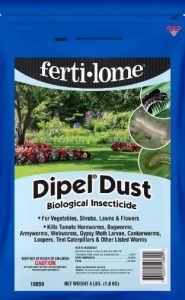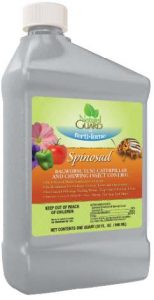Cabbage Worms
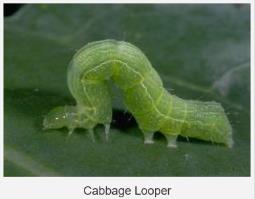
Cabbage Looper – This larvae is much more active and can be found throughout the plant. When discovered the worm will curl up in a “C” and will fall to the ground, also look for frass on the plant interior.
The adult is a mottled, grayish-brown with a silvery markin the middle of the front wing.
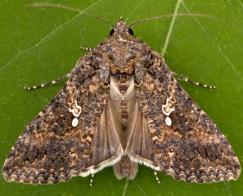
Imported Cabbageworm – This is a slow, velvety worm that is usually found closer to the center part of the plant, often along the mid-rib near the base of the leaf. The adult is usually a white to pale yellow butterfly. Begin searching for worms when you see the butterflies in the area.
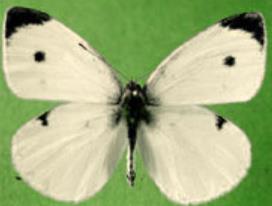
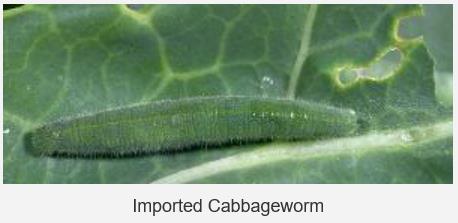
Diamondback Moth – This is a smaller larvae with a forked tail and a voracious appetite, feeding on the under side of the leaf up through the top. The adult is a slender light brown moth, the wings fold together and make a pattern.


Cross-Striped Cabbageworm – This is a bluish-gray larvae with black stripes running cross-wise on the back and a black and yellow stripe along the sides, lengthwise. It prefers to eat the young leaves and buds, the adult is a yellowish-brown moth with dark zigzag patterns on the wings.

Control
When the worms are young, the Bt products are best. Thuricide and Dipel Dust are both Bt and due to a short life, numerous applications may be required.
Natural Guard Spinosad is a dead bacteria that will seep between the cells on the leaf, leaving a residue that can help control even larger, more mature larvae.
For the Cross-Striped Cabbageworm and large larvae, use HY Lawn, Garden, Pet & Livestock Spray. This also leaves a longer residue to reduce applications. Due to waxy leaves, the addition of Spreader Sticker is required for sprays to stick.

